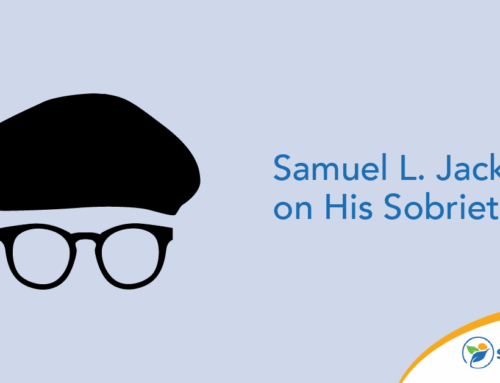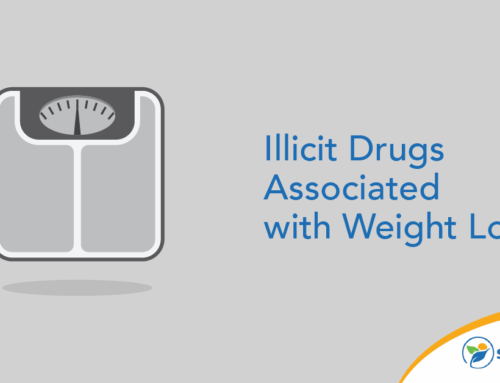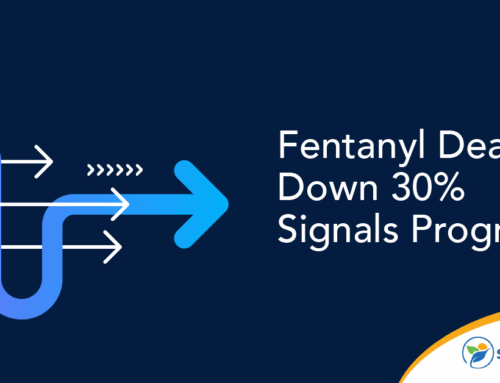Suppose you accidentally knock items off the shelf in your medicine cabinet and need to figure out which pills return to which bottle. Or you pick up a new prescription at the pharmacy and want to ensure you’ve been given the correct tablets. Perhaps you’re caregiving for an elderly or injured family member and need to be responsible for dispensing their medications at certain times of the day.
Knowing which pill you’re looking at is essential for the safety of everyone involved. Learn how to use a pill identifier by imprint code to distinguish unfamiliar pills in everyday life and emergency situations.
Why Knowing How to Identify Pills is Life-Saving
You might wonder whether it’s really necessary to have the skills to identify unfamiliar pills when most of the time, you just pick up a prescription from the pharmacy and trust the label. The truth is that there are a number of situations in daily life where you might be called upon to accurately identify an unfamiliar pill for the safety of yourself or others. Some examples of when it’s useful to know how to identify pills are:
- If you child or pet accidentally consumes an unknown pill
- When you’re giving medication to a family member who’s unable to do so themselves
- If you’re visiting a new pharmacy and want to confirm the prescription is correct
- If pill bottles are spilled in your home or purse and you need to put the pills back in the correct bottle for future use
In all these scenarios, having the tools to correctly identify unfamiliar pills is critical. Without knowing what type of pill you or a loved one is consuming, there’s a risk of unwanted effects, side effects or potentially harmful drug interactions.
How to Read a Pill Identifier by Imprint Code
Most pills that are sold legally in the United States come with a unique identifier in the form of an imprint code. This code may be a set of letters and numbers, a single number or a letter combination that appears on each individual pill. It’s an FDA requirement for most prescription drugs and over-the-counter medications in pill form to have this unique imprint.
To identify a pill by its imprint code, there are a several free online resources you can use, plus additional identifiers that provide more information about the pill.
Three Components of Pill Identification
Besides the imprint code, there are three main ways to identify an unfamiliar pill. In some cases, you may need to rely exclusively on these factors if the pill doesn’t have an imprint code. These pill identifiers are its shape, color and pattern.
Shape and color are straightforward aspects of identifying a capsule or tablet. The pattern on a pill refers to whether there are visual features like lines, speckles or color variations within the pill. Since many different medications have the same shape and color, looking at the pattern of the pill helps differentiate it from others.
Use These Pill Identifier Free Resources
You might be wondering, “How do I identify pills confidently when I’m not familiar with them?” It can be daunting, but online resources for pill identification can help take the stress out of the situation. It’s unreasonable to expect you to look at the shape, color and pattern of a pill and immediately know what type of drug you’re dealing with. That’s why there are online sites where you can input these details and get an accurate match for the type of pill you’re looking at.
Once you perform an assessment of the unfamiliar pill using the above attributes, go online to an FDA-approved website for pill identification. Reliable free resources for pill identification include:
Using Online Pill Identifiers
Once you’re on a free pill identifier site, you can use the physical attributes of the drug and the pill identifier by imprint code to help figure out which medication you’re looking at. If you can read an imprint code on the pill, you’ll be asked to input that information on the site, and this alone may be sufficient for the online resource to tell you what medication is associated with that code.
In other cases, you may need to provide additional information about the appearance of the pill. Select the color and shape of the pill, then refer to the list of results for FDA-approved medications that match your description. The list of results displays photos of the pills, and you can compare these images to the medication you have in front of you to see if they’re a match. In some cases, simply reading the name of the medication may confirm your suspicions, such as if you take two prescriptions and both spilled in your purse.
If you go through the process of inputting information into a pill identifier online and no search results come up, try retyping the imprint code (in case you made a typo or misread the lettering/numbers on the pill). You may need to contact your local pharmacy for assistance if online searches don’t provide the answers you’re looking for.
What to Do If Someone Consumes an Unfamiliar Pill
In an emergency situation, you may not have time to check for online pill identification or visit a pharmacy. If your child has swallowed an unfamiliar pill, for example, you should seek emergency medical attention immediately. Visit your nearest emergency room as soon as possible or call your nearest poison control center for assistance.
Even in these situations, if you’re waiting to be seen by a doctor, it’s a good idea to look up the pill online. If you have another pill from the same place or remember what the pill looked like before consumption, provide detailed information about this to the doctor to help them make decisions about how to proceed.
Where to Seek Support for Prescription Drug Addiction
At Sunlight Recovery, our compassionate team of counselors can help you develop a plan for addiction recovery. We offer medical detox for a safe, supervised withdrawal process followed by inpatient or outpatient treatment programs. Contact us today to learn more and start your wellness journey.







